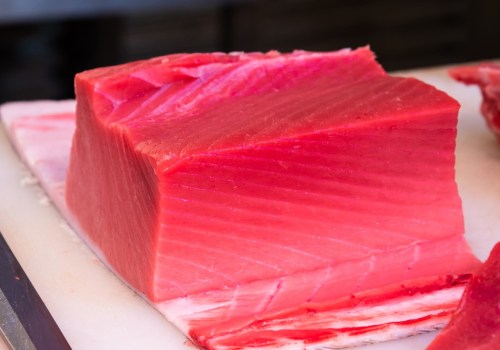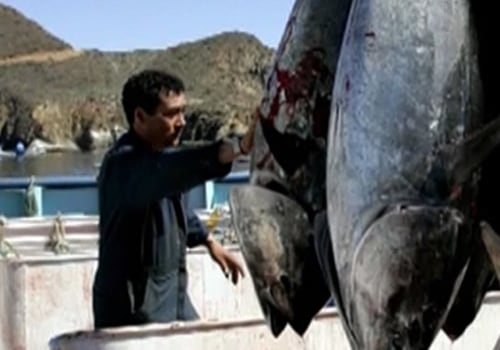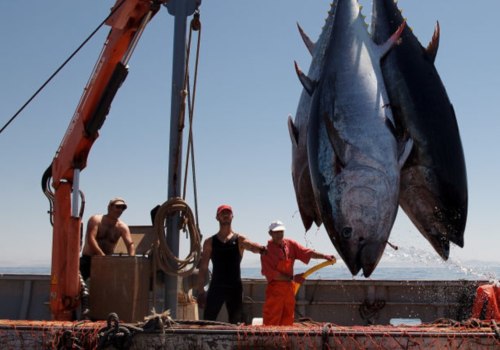This part of Canada offers the best bluefin tuna fishing in the world. Not surprisingly, blue marlins are beautiful, majestic and powerful fish, sometimes weighing more than 1,000 pounds. However, another fish deserves a seat at the table: tuna. Tuna is a natural predator that has all the speed and power that a trophy fish should show.
Built like a torpedo with retractable fins, bluefin tuna is a supreme predator in the North Atlantic. Bluefin tuna is the largest species of tuna, with a routine weight of 1,000 pounds. They migrate to all oceans and can dive up to 3,000 feet, making them sometimes elusive creatures. With a lifespan of up to 40 years, bluefin tuna has enough time to become a giant.
And finally, check out our definitive guide with more than 100 facts about Canada. Prince Edward Island is home to some of the largest tunas in the world. The migration of tuna to the coast of Canada occurs in late summer and early fall. During this time, some of the larger blueberries cross their migratory route.
This year, the season will run from July 20 to October 31 on Prince Edward Island. Bluefin tuna fishing methods include fishing without gas or trolling with live or dead bait. These are giant fish, so to catch them, you'll obviously need a bait of the right size. Herring, mackerel, and even the smallest tuna tend to produce the best results.
The 5 locations listed above are just some of the most prolific and exciting places to fish for tuna. This is one of those species of tuna that must swim constantly to survive, and this resistance is something you'll definitely feel in your line. This fish usually stays in deep or warm tropical waters, and its routine is only compensated by seasonal migrations to colder areas (southern Brazil and the Gulf of Mexico). You may have to hook up a 1,000-pound fish to say that you've fought a big one, and here it's entirely possible.
Specifically, the yellowfin tuna found in this area, from the point of view of one pound to another, is the most difficult fish to catch in the ocean. Since this species feeds on small pelagic fish close to the surface, it tends to attract large numbers of birds of prey. Fishing methods include trolling with small fish, squid, or other trawled bait, such as strip baits and artificial lures. Puerto Vallarta, in Mexico, is not only a favorite spot for spring break lovers, but also for sport anglers.
And there are plenty of fishing boats everywhere waiting for you to dive into deep blue waters in search of really big fish. You're right: tuna could be completely overfished and disappear from waters where it used to be so abundant. It's best to be prepared with the right equipment and be in good physical shape if you want to have any chance of catching these pelagic fish. Calling all anglers looking for a new challenge, visit these incredible tropical destinations from around the world and enjoy a day on the water fishing for tuna.
Bigeye tuna lives in the warm temperate waters of the Atlantic, Pacific and Indian oceans, making quite extensive migrations. Blueberries are probably the most physically impressive species of tuna, and for several reasons. This location helps anglers narrow down the search to avoid the deep, open ocean, ultimately making tuna easier to catch.




Leave Message